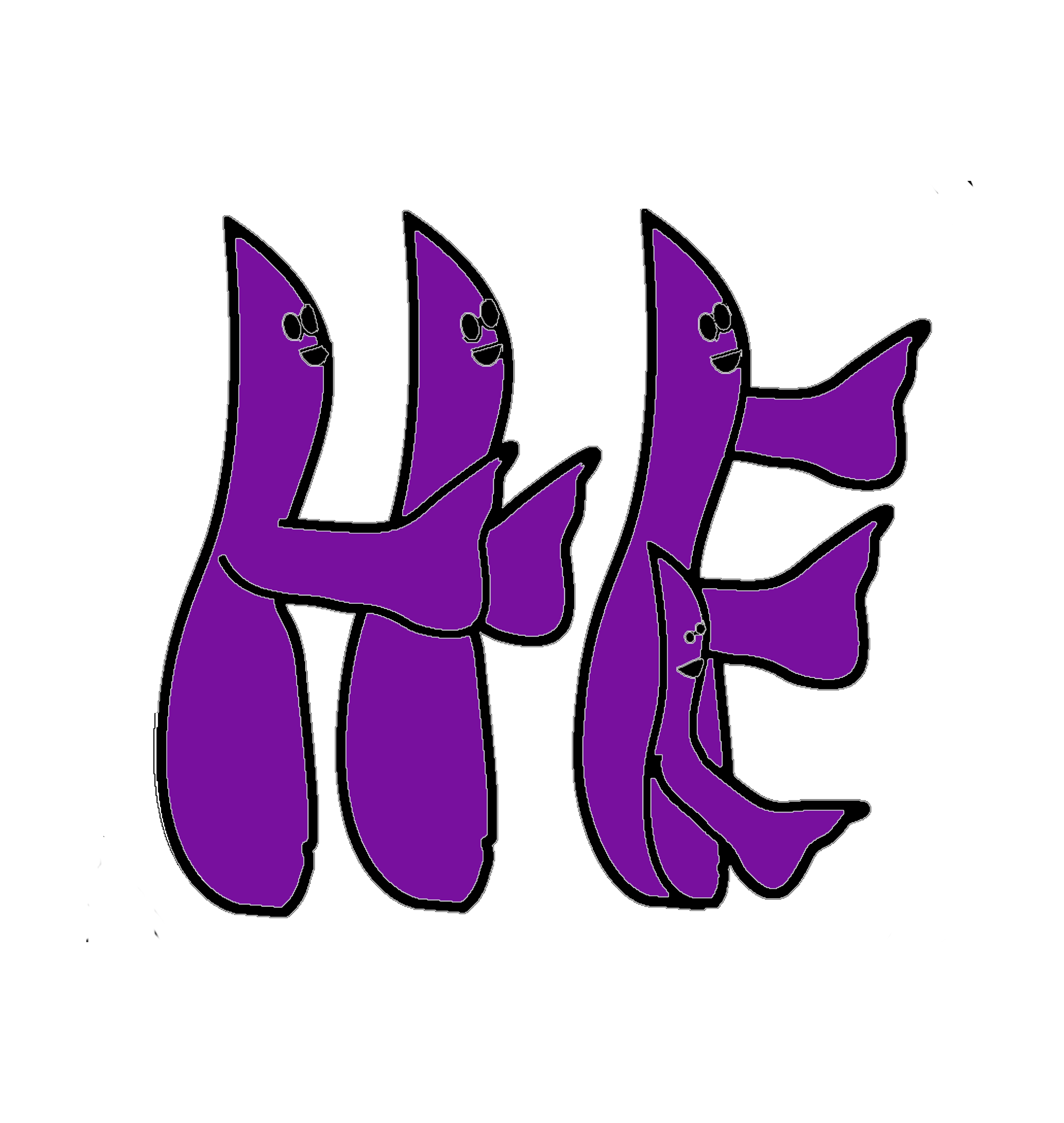Paranormal or not? Fortune Telling Explored

Fortune telling is an activity that has been practiced for centuries, with individuals seeking to gain insight into their lives or to predict the future. This practice is often associated with the paranormal, as it involves the use of supernatural or mystical means to obtain this information. In this article, we will explore the history of fortune-telling, the different methods used, and the controversies surrounding this practice.
The History of Fortune Telling

Fortune telling has a long and varied history, with its origins dating back to ancient civilizations such as the Babylonians and Egyptians. These early forms of fortune-telling involved the interpretation of dreams and the observation of natural phenomena, such as the flight patterns of birds. As societies evolved, so did the methods of fortune telling, with practices such as palm reading, astrology, and tarot card readings becoming popular in various cultures.
Throughout history, fortune tellers have been both revered and reviled, with some viewed as trusted advisors and others as frauds or charlatans. In some cultures, such as in ancient Greece and Rome, fortune-telling was even banned or considered illegal.
Methods of Fortune Telling
There are a variety of methods used in fortune telling, each with its own unique approach and set of symbols. Some of the most common methods include:
1. Tarot Card Readings

- How it Works: Tarot cards consist of 78 illustrated cards, divided into the Major Arcana (22 cards) and Minor Arcana (56 cards). Readers shuffle the deck and lay out the cards in specific spreads, interpreting their meanings based on their positions and relationships with other cards.
- Common Spreads:
- Three-card spread (past, present, future)
- Celtic Cross (detailed insights into various life aspects)
- One-card draw (quick guidance for the day)
- 2. Astrology
- How it Works: Astrology interprets the influence of celestial bodies on human affairs. A person’s birth chart is mapped based on their birth date, time, and location, revealing insights into their personality and potential future.
- Key Aspects:
- Sun sign (core personality)
- Moon sign (emotional nature)
- Rising sign (how others perceive you)
- Planetary aspects (relationship influences, career tendencies)
- 3. Palmistry (Palm Reading)
- How it Works: Palmistry analyzes the lines, mounts, and shape of the hand to reveal personality traits, talents, and future potential.
- Key Lines in Palmistry:
- Heart Line – Love and relationships
- Head Line – Intelligence and decision-making
- Life Line – Vitality and life journey
- Fate Line – Career and destiny
2. Astrology

Controversies Surrounding Fortune Telling
Fortune-telling is a controversial practice. Many sceptics argue that it has no basis in reality and is simply a form of entertainment. Others believe that fortune-telling can provide valuable insights and guidance and view it as a legitimate practice.
One of the main controversies surrounding fortune-telling is the lack of scientific evidence to support its accuracy. Many sceptics argue that the supposed predictions are simply the result of chance or the use of common psychological techniques such as cold reading, which involves making vague statements that could apply to anyone and then tailoring them to fit the individual.
Additionally, there have been many cases of fraud and deception in the world of fortune-telling, with some practitioners taking advantage of vulnerable individuals by charging exorbitant fees or making false promises.
Conclusion
Fortune telling is a complex and varied practice that has been around for centuries. While some people view it as a valuable source of guidance and insight, others are sceptical of its accuracy and view it as nothing more than entertainment. Ultimately, whether or not someone believes in the validity of fortune telling likely depends on their beliefs about the supernatural and the nature of reality. Regardless of one’s beliefs, it is important to approach any form of fortune-telling with a critical eye and an awareness of the potential for fraud or deception.


